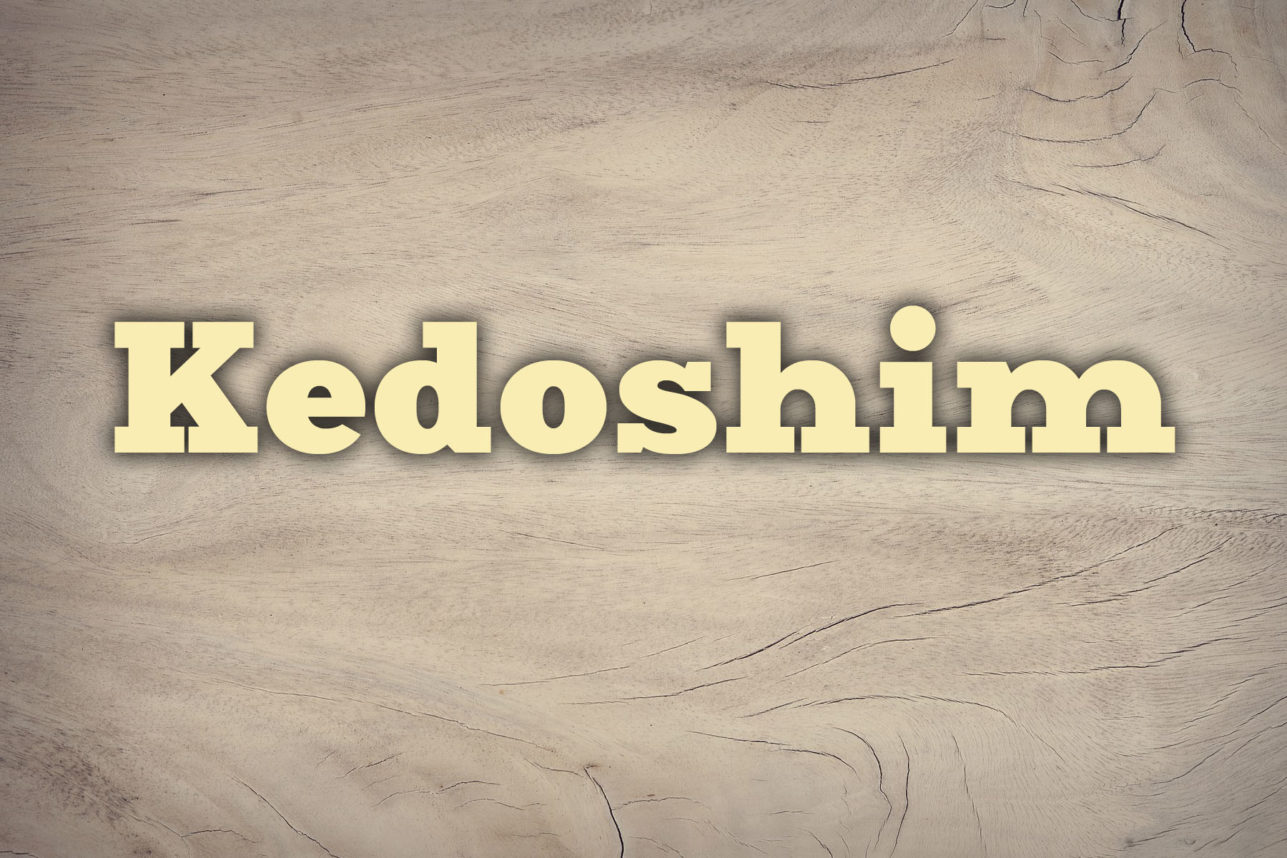There are many reasons people love the game of Mah Jongg—the challenges, the excitement of winning, the friendships and the fun of it all. And even sometimes the food and drink top the list.
But beyond that there is one reason perhaps you’re not aware of—that is the Mah Jongg set itself. Players are pretty particular when it comes to acquiring a new set or when purchasing an older, perhaps antique set. The color of the tiles, the size, the “feel”, the depictions of the of Flower, Dragon and one Bam tiles, the racks and their color and/or the material—wood vs. plastic, the case—all these make for the “character” of the set and are part of the aesthetic of a Mah Jongg set.
But how was the “set” created? Almost all Mah Jongg sets, except the very oldest from the late 1920s, are made of plastic. Yes, the very first sets were ivory. But as the game took off in popularity in the late ‘20s and ‘30s, ivory became too expensive to mass produce. There weren’t a huge number of ivory sets made then and there are almost no ivory sets around anymore. Which is why when I hear “My Mom’s old set is ivory”, I am very skeptical.
So bone, actually cow bone, (in short supply in China), and bamboo (in great supply) were the choice of materials. Since there were(and are) few cows in China, the bone was imported from the United Sates. The tiles were mostly hand-engraved and hand painted.
But with demand increasing for mah jongg sets, mass production became the watchword and a cheap material, a synthetic, a plastic, called Bakelite was invented. It was used not only for mah jongg sets, but for radios, household products, jewelry and many other things. Yes, Bakelite is an early plastic, and now after many decades, highly collectible.
As the Second World War approached, the chemicals used to manufacture Bakelite became scarce and expensive. A cheaper version was created, very similar to Bakelite, called Catalin. It became the stuff of most mah jongg sets from the late ‘30s, ‘40s and into the ‘50s. As new kinds of plastics were created, they were used in the sets of the ‘60s, 70’s and so on,—one tried to resemble ivory, called “French Ivory”. Another material in an older set is called “Chinese Bakelite”, which is thought to be made of meerschaum, a material for tobacco pipes.
Today most sets are made of fiberglass plastic. But no matter what plastic your set is made of-—modern or older, rejoice—-they are all wonderful to play with.
Til the next time….
MAY THE (PLASTIC) TILES BE WITH YOU!






















 More news and opinions than at a Shabbat dinner, right in your inbox.
More news and opinions than at a Shabbat dinner, right in your inbox.